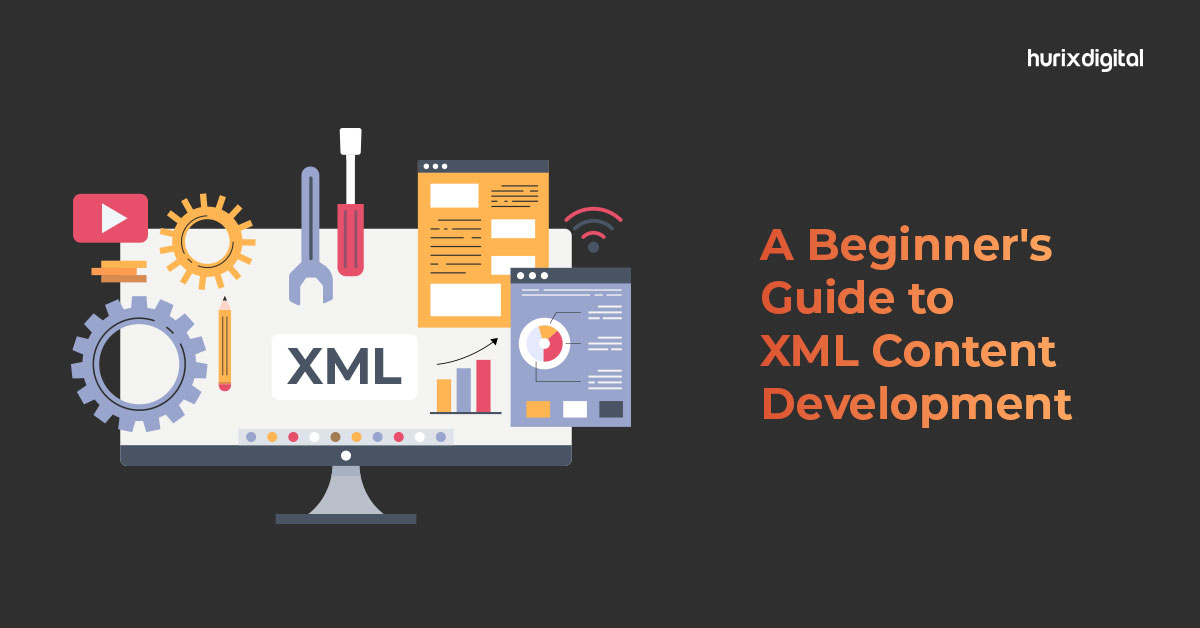
The Role of XML in Modern Web Development
Web development applications in XML involve using XML-based technologies like XML, HTML, CSS, and JavaScript to create web pages, web applications, and web services. These technologies enable web developers to create dynamic, interactive, and data-rich web experiences for users.
Content management applications in XML involve using XML-based formats like DocBook, DITA, and TEI to create and manage structured content. XML enables content authors to create content that can be easily reused, repurposed, and published in different formats and channels.
Table of Contents:
Introduction
Data integration applications in XML involve using XML-based data exchange formats like XML, SOAP, and REST to exchange data between different systems and applications. XML enables the exchange of data in a standardized, platform-independent, and human-readable format, making it easier to integrate disparate systems and share data across different platforms and applications.
Web Development
XML (Extensible Markup Language) is a markup language that is widely used for data exchange and storage. Web development has contributed to XML in several ways:
- XML is widely used in web services, which are a way for different applications to communicate with each other over the internet. Web developers use XML to define the structure and format of the data that is exchanged between different applications.
- XML is also used in web development for creating RSS feeds. RSS (Rich Site Summary or Really Simple Syndication) is a way for web publishers to distribute their content to users in a standardized format. Web developers use XML to create RSS feeds that can be read by RSS readers or news aggregators.
- Web developers also use XML to define the structure and content of HTML documents. XML is used as the underlying markup language for XHTML (Extensible Hypertext Markup Language), which is a stricter and more structured version of HTML.
- XML is also used in web development for data storage and retrieval. Many databases, such as Microsoft SQL Server and Oracle, support XML as a data type. Web developers can use XML to store and retrieve structured data from these databases.
Overall, web development has contributed to the widespread use and adoption of XML as a versatile and flexible markup language for data exchange, storage, and presentation on the web.
Content Development
Content development can also contribute to XML in several ways. XML (eXtensible Markup Language) is a language that is designed to store and transport data, and content development involves creating and managing digital content, such as text, images, and videos, for various platforms and media.
Here are a few examples of how content development can contribute to XML:
- XML can be used to structure and organize content. Content developers can use XML to define the structure of their content, such as defining the hierarchy of headings, paragraphs, lists, and other elements, which can help make the content more accessible and machine-readable.
- XML can be used to create content that can be reused and repurposed. Content developers can use XML to create modular content that can be easily combined with other content and repurposed for different platforms and media, such as ebooks, websites, and mobile apps.
- XML can be used to facilitate content translation and localization. Content developers can use XML to separate content from presentation and define the metadata needed for translation, making it easier to translate and localize content for different markets and languages.
- XML can be used to create content that is accessible and inclusive. Content developers can use XML to create structured content that is designed to be accessible to people with disabilities, such as using semantic markup to identify headings, links, and other elements.
Overall, content development can contribute to XML by using it as a tool for structuring and organizing content, creating content that can be reused and repurposed, facilitating content translation and localization, and creating accessible and inclusive content.
Data Integration Application
Data integration applications can also contribute to XML in several ways. XML (eXtensible Markup Language) is a language that is designed to store and transport data, and data integration involves combining data from multiple sources into a unified view.
Here are a few examples of how data integration applications can contribute to XML:
- XML can be used as a common format for data integration. Data integration applications can use XML as a common format for exchanging data between different systems and applications, making it easier to integrate data from multiple sources.
- XML can be used to map data between different formats. Data integration applications can use XML to map data between different formats, such as mapping data from a database to a web service or from a spreadsheet to a database.
- XML can be used to define data transformation rules. Data integration applications can use XML to define transformation rules that can be applied to data during integration, such as converting data to a different format or filtering data based on specific criteria.
- XML can be used to define metadata for data integration. Data integration applications can use XML to define metadata that can be used to describe the structure and format of data, such as defining the data types, field names, and relationships between data elements.
Conclusion
Overall, data integration applications can contribute to XML by using it as a tool for data exchange, data mapping, data transformation, and metadata definition. By leveraging XML for data integration, applications can help ensure data consistency, reduce data redundancy, and improve the accuracy and efficiency of data integration processes.
Related Article – A Beginner’s Guide to XML Content Development

Vice President – Content Transformation at HurixDigital, based in Chennai. With nearly 20 years in digital content, he leads large-scale transformation and accessibility initiatives. A frequent presenter (e.g., London Book Fair 2025), Gokulnath drives AI-powered publishing solutions and inclusive content strategies for global clients








